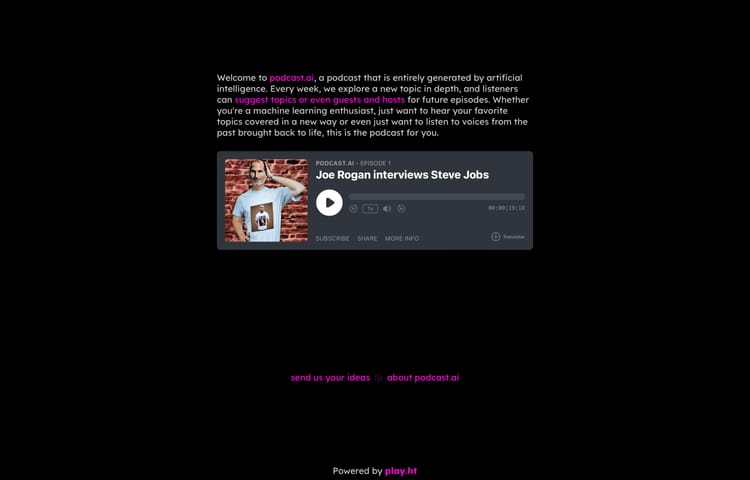Choosing the right commenting system for your blog
Here’s a list of commenting plugins you can use in any static or dynamic website/blog you may have.
Contents
Disqus
Disqus is probably the most popular commenting system and has a huge community of users. However, one downside is the filesize since it contains analytics and also has the ability to display ads. This might leave a bad taste in a lot of people’s mouths, especially when people are looking for ways to privatise their browsing activity. You also don’t have control over what ads are displayed, so they may display ads that compete against your website or products that your website might be selling. Disqus also comes with great spam protection and has had years of experience over any other commenting tool.
Commento
Commento is fairly new and works very well. It’s lightweight with anonymous analytics. It will display views, but it won’t record user data at all which is great news. They also have spam protection, but I can’t say for sure how good it is.
Isso
Isso claims it’s “a commenting server similar to Disqus”. I believe this is one of the newest commenting systems and I personally haven’t used it on any site. However, it has been recommended in the past and I have seen it on Hacker News and Reddit. It’s lightweight and will also import comments from WordPress and Disqus which is a great feature to have if you already have a comment system, but are looking to move away.
Build your own
You could build your own commenting system by using a backend language such as PHP, Node, Go etc and serve it as an API which your static website/blog can speak to. It seems easy, however you will need to think about spam protection, DDOS attacks and more before you begin creating your own commenting api.
Take a look at this Reddit post which explains how you could create your own API using NodeJS. Some of the comments within that thread gives some very insightful points on what you would need to think about when creating your own.
If you enjoyed this blog post, then please sign up using the form below.
We will be looking into getting started with Laravel 7 and creating your first application. You will then later turn the app into an api which will allow you to seperate your frontend from your backend.





Member discussion